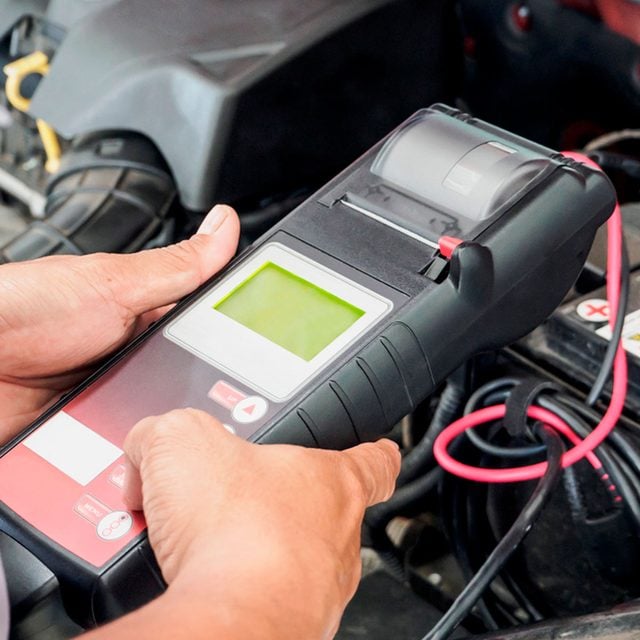How to Test an Alternator
Updated: May 04, 2023
Learn how to how to test an alternator without disconnecting your vehicle's battery.
Introduction
Don't test an alternator by disconnecting the negative battery cable. Use a voltmeter instead to conduct a simple, safe test.Tools Required
- Voltmeter
If you have a newer battery but your car won’t start, you may have a bad alternator. If you’re tempted to test an alternator by disconnecting the negative battery cable, don’t do it. A good alternator may indeed keep the engine running without the negative cable, but this was never a good test.
In the pre-computer days, you could pull it off without damaging anything. Today, you risk frying every electrical device in your vehicle. The second you disconnect the battery, the voltage regulator pegs the alternator to put out maximum power. With no battery in the circuit to act as a buffer, the alternator can put out up to 150 volts, depending on engine rpm. When the smoke clears, that “simple test” could end up costing you several thousand dollars for new electronics.
Here’s a video on how to properly and safely test your alternator.
Project step-by-step (2)
Conduct a Voltmeter Test
- Get a cheap voltmeter.
- With the engine off, battery voltage should be between 12.5 and 12.8 volts. If it’s below that, charge the battery with a battery charger before you conduct the test again.
- Then start the engine and check for increased voltage readings. If you see higher readings, chances are the alternator is good. (More sophisticated testing equipment is needed to detect an open or shorted alternator diode.)

If Your Alternator Passes
- If you connect the meter leads to the battery terminals and the meter shows that it’s in the 13.8 to 15.3 volt ranges (engine running, lights and accessories off), that means the alternator is working as it should be.
- If the alternator is functioning correctly, it’s likely that your dead battery was caused by a computer module that isn’t shutting down when you turn off the car. If your alternator passes the voltmeter test, get your vehicle into a shop and pay a professional mechanic to find and correct the misbehaving module.

